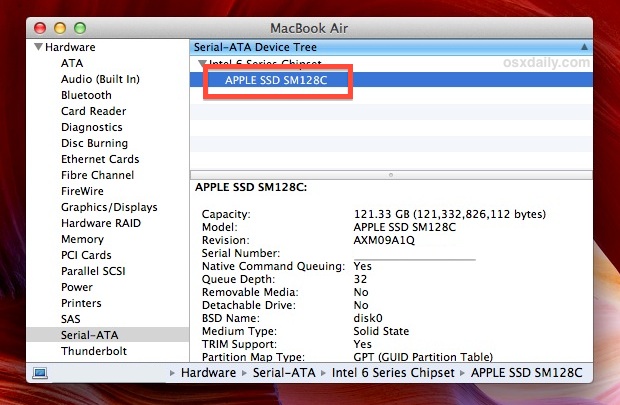Activity Monitor User Guide
Your computer is low on memory (Mac) is a pop-up that's actually a scam. It will trick you forcing you to think that your computer doesn't have enough storage space or memory in it. In this way, you will have to close different apps on your Mac. Click on the Apple® logo in the top left corner and select About This Mac The amount of memory currently installed will be displayed in the overview window that appears. If you would like to check exactly what is installed in each slot simply select the Memory tab. This will also mention the memory speed that your Mac.
You can see the amount of system memory being used on your Mac.
In the Activity Monitor app on your Mac, click Memory (or use the Touch Bar) to see the following in the bottom of the window: Links 2002 mac.
Memory Pressure: Graphically represents how efficiently your memory is serving your processing needs.
Memory pressure is determined by the amount of free memory, swap rate, wired memory, and file cached memory.
Physical Memory: The amount of RAM installed.
Memory Used: The amount of RAM being used. To the right, you can see where the memory is allocated.
App Memory: The amount of memory being used by apps.
Wired Memory: Memory required by the system to operate. This memory can't be cached and must stay in RAM, so it's not available to other apps.
Compressed: The amount of memory that has been compressed to make more RAM available.
When your computer approaches its maximum memory capacity, inactive apps in memory are compressed, making more memory available to active apps. Select the Compressed Memory column, then look in the VM Compressed column for each app to see the amount of memory being compressed for that app.
Cached Files: The size of files cached by the system into unused memory to improve performance.
Until this memory is overwritten, it remains cached, so it can help improve performance when you reopen the app.
Swap Used: The amount of space being used on your startup disk to swap unused files to and from RAM. How to clean out mac.
To display more columns, choose View > Columns, then choose the columns you want to show.
You can use Activity Monitor to determine if your Mac could use more RAM.
Mac Snow Leopard offers an application called the Activity Monitor, which is designed to show you just how hard your CPU, hard drives, network equipment, and memory modules are working behind the scenes. To run Activity Monitor, open the Utilities folder in your Applications folder.

To display each different type of usage, click the buttons in the lower half of the window; the lower pane changes to reflect the desired type. For example, if you click System Memory, you see the amount of unused memory; click CPU or Network to display real-time usage of your Mac's CPU and network connections.
You can also display a separate window with your CPU usage; choose Window→CPU Usage or press Command+2. There are three different types of central processing unit (CPU, which is commonly called the 'brain' of your Macintosh) displays available from Activity Monitor:
How Can I Check Memory On My Mac Drive
Floating CPU window: This is the smallest display of CPU usage; the higher the CPU usage, the higher the reading on the monitor. You can arrange the floating window in horizontal or vertical mode from the Window menu.
CPU Usage window: This is the standard CPU monitoring window, which uses a blue thermometer-like display. The display works the same as the floating window.
CPU History window: This scrolling display uses different colors to help indicate the percentage of CPU time being used by your applications (green) and what percentage is being used by Snow Leopard to keep things running (red). You can use the History window to view CPU usage over time.
Do you have two (or more) bars in your CPU usage monitor? That's because you're running one of Apple's multiple-core Intel processors. More than one engine is under the hood!
Whichever type of display you choose, you can drag the window anywhere that you like on your Mac OS X Desktop. Use the real-time feedback to determine how well your system CPU is performing when you're running applications or performing tasks in Mac OS X. If this meter stays peaked for long periods of time while you're using a range of applications, your processor(s) are running at full capacity.
Mac Memtest
You can even monitor CPU, network, hard drive, or memory usage right from the Dock! Choose View→Dock Icon; then choose what type of real-time graph you want to display in your Dock. When you're monitoring CPU usage from the Dock, the green portion of the bar indicates the amount of processor time used by application software, and the red portion of the bar indicates the CPU time given to the Mac OS X operating system.
How Can I Check Memory On My Macbook
Note, however, that seeing your CPU capacity at its max doesn't necessarily mean that you need a faster CPU or a new computer.
